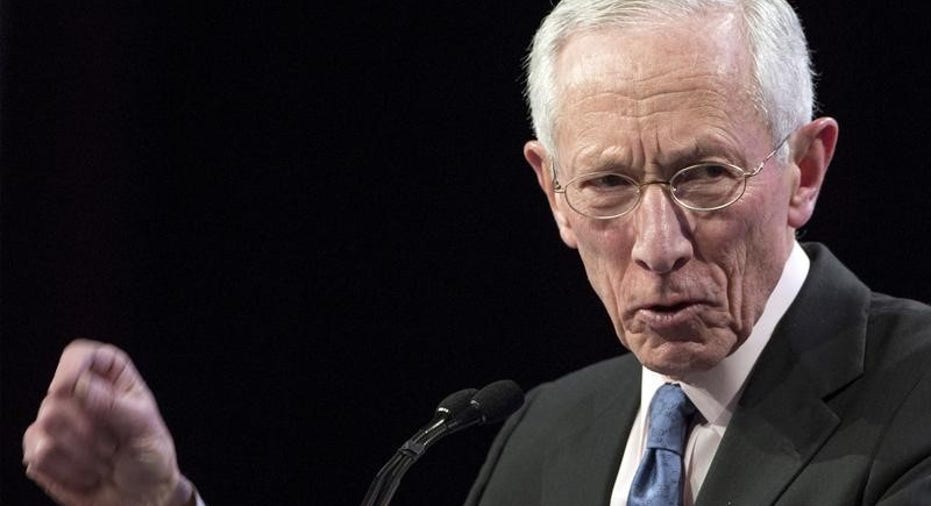Fed's Fischer Says Central Bank Should Not Follow Rules-Based Approach

Fed Vice Chairman Stanley Fischer on Friday issued a firm defense of the U.S. central bank's decision not to follow a mathematical rule when deciding monetary policy as Republicans in Congress renew efforts to curb the current consensus-based approach.
"Adherence to a simple policy rule is not the most appropriate means of achieving macroeconomic goals," Fischer said in prepared remarks to an economics conference at Stanford University in California.
Republican lawmakers in Congress have been pushing to make the Federal Reserve set interest rate policy using a mathematical rule.
Under the proposal, the Fed would commit to moving interest rates up or down according to changes in the jobless rate and inflation. The rule adopted would be made public and any deviation from it would lead to a congressional audit.
The Fed has said such a rule would harm the economy and impinge on the Fed's independence.
In his remarks Fischer noted that policymakers can - and do - consult prescriptions of policy rules as part of a wider exercise in which they also gather perspectives and economic factors such rules cannot include.
He also warned that just because rules may have worked well in the past does not mean they can adequately predict the future.
"Emphasis on a single rule as the basis for monetary policy implies that the truth has been found, despite the record over time of major shifts in monetary policy," Fischer noted. "We should not make our monetary policy decisions based on that assumption."
The differing perspectives of the Fed's rate-setting committee, currently 15 strong, which blends regional inputs was the best way to be predict structural changes in the economy and to note changes that may otherwise fly under the radar, Fischer added.
The central bank has raised interest rates twice in the last six months and despite standing pat at its latest meeting this week appeared bullish on the prospects of two more rate increases in 2017.
Job growth rebounded sharply in April and the unemployment rate dropped to its lowest in nearly 10 years, data on Friday showed, bolstering expectations the Fed will resume tightening at its next meeting in June. (Reporting by Lindsay Dunsmuir; Editing by Andrea Ricci)



















